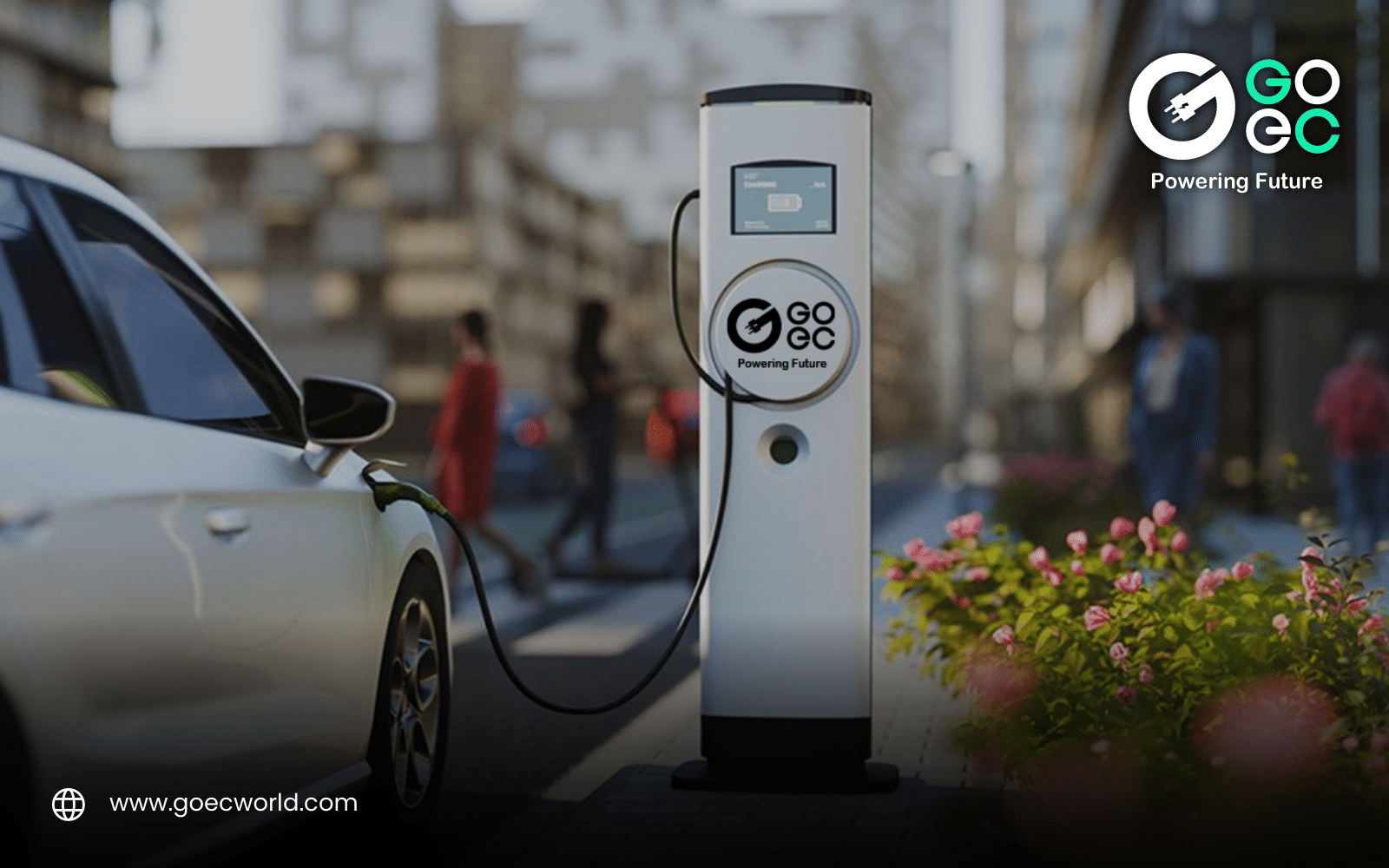Introduction:
As electric vehicles (EVs) continue to gain popularity, the need for a robust charging infrastructure becomes paramount. However, the development and implementation of an efficient charging network present several challenges. In this blog post, we will explore the key obstacles faced by the electric vehicle charging infrastructure and discuss potential solutions. Read on to discover how stakeholders can address these challenges to foster the growth of EV adoption.
Are you interested in the challenges and solutions of electric vehicle charging infrastructure? In this blog post, we will delve into the key obstacles faced by the charging network and explore potential solutions. Learn how to overcome these challenges and drive the growth of EV adoption.
- Insufficient Charging Stations:
One of the primary challenges hindering the widespread adoption of electric vehicles is the insufficient number of charging stations. Users need a reliable and accessible charging infrastructure to alleviate range anxiety and ensure the seamless operation of their EVs. Increasing the availability of charging stations is crucial to encourage consumer confidence and facilitate long-distance travel.
- Limited Power Grid Capacity:
As the number of electric vehicles on the road grows, the power grid’s capacity becomes a critical concern. Charging multiple EVs simultaneously can strain the existing infrastructure and lead to power outages. It is imperative to upgrade the power grid and implement smart charging solutions to manage the increased demand and avoid disruptions.
- Varying Charging Standards:
The lack of standardized charging connectors and protocols presents a challenge for electric vehicle owners. Different manufacturers and regions often adopt varying standards, making it inconvenient for EV users to find compatible charging stations. The industry needs to work towards a universal charging standard to streamline the charging process and enhance user experience.
- Cost of Charging Infrastructure Deployment:
The deployment of a comprehensive charging infrastructure requires significant investments. The high costs associated with installation, maintenance, and operation deter some stakeholders from establishing charging stations. Encouraging public-private partnerships, offering incentives, and exploring innovative funding models can help alleviate the financial burden and accelerate the expansion of the charging network.
The development of a robust electric vehicle charging infrastructure is essential for the widespread adoption of EVs. Overcoming the challenges related to the number of charging stations, power grid capacity, charging standards, and costs is crucial to ensure convenient and accessible charging options for EV users. By addressing these obstacles through innovative solutions and collaborative efforts, we can create a sustainable charging network that supports the transition to electric mobility.
In conclusion, understanding and addressing the challenges of electric vehicle charging infrastructure are crucial for the growth of EV adoption. By investing in the expansion of charging networks, upgrading the power grid, promoting standardization, and exploring funding options, we can create a reliable and accessible charging infrastructure. Join the revolution and contribute to the development of a sustainable future with electric vehicles.
